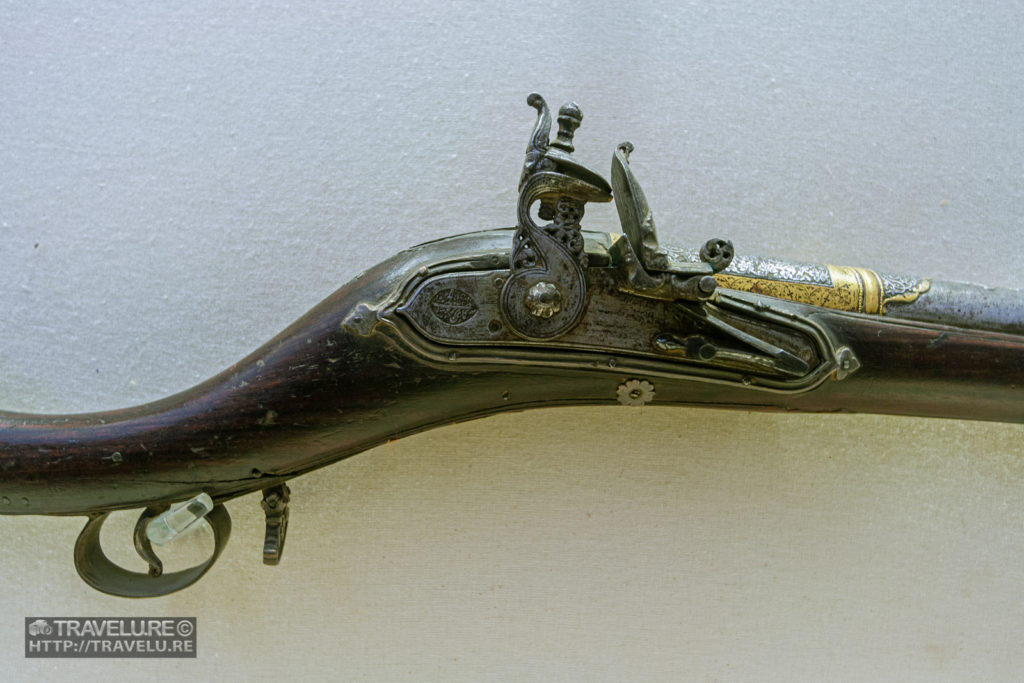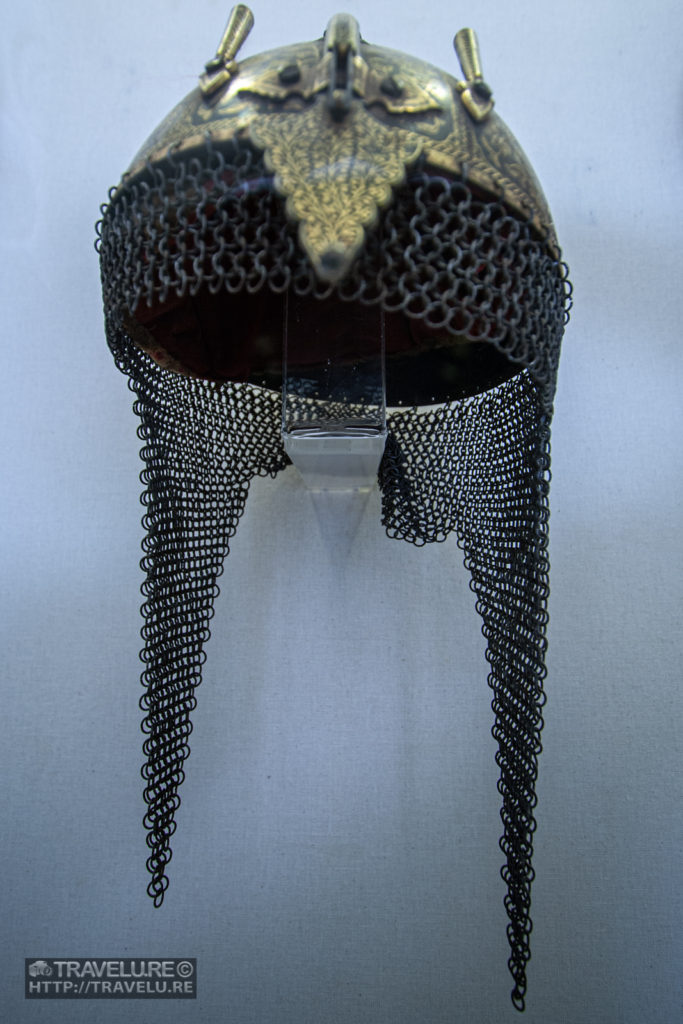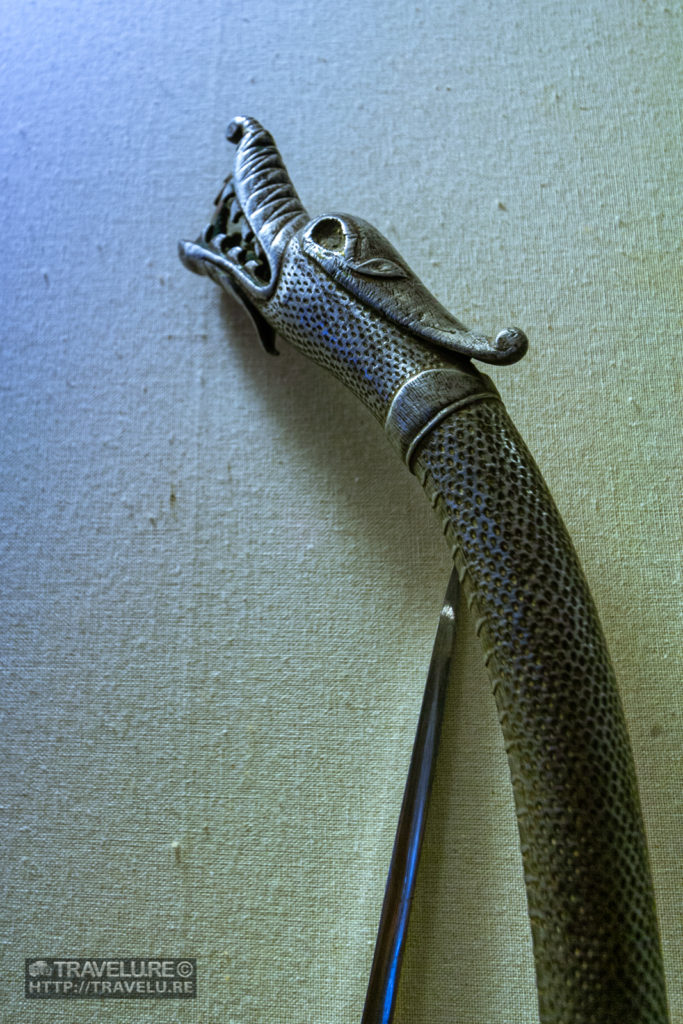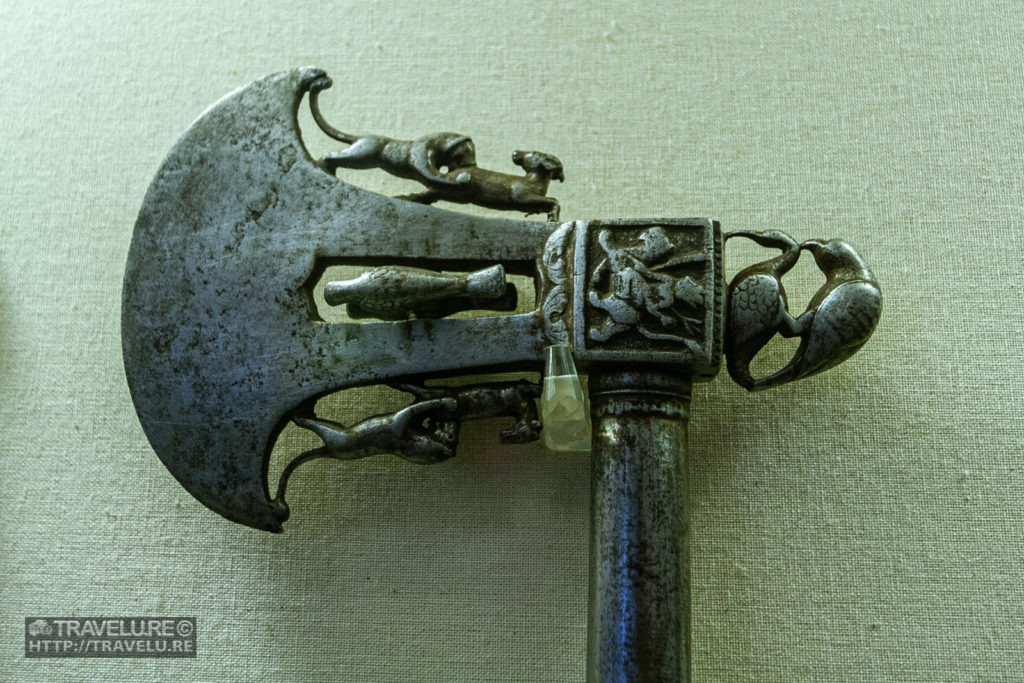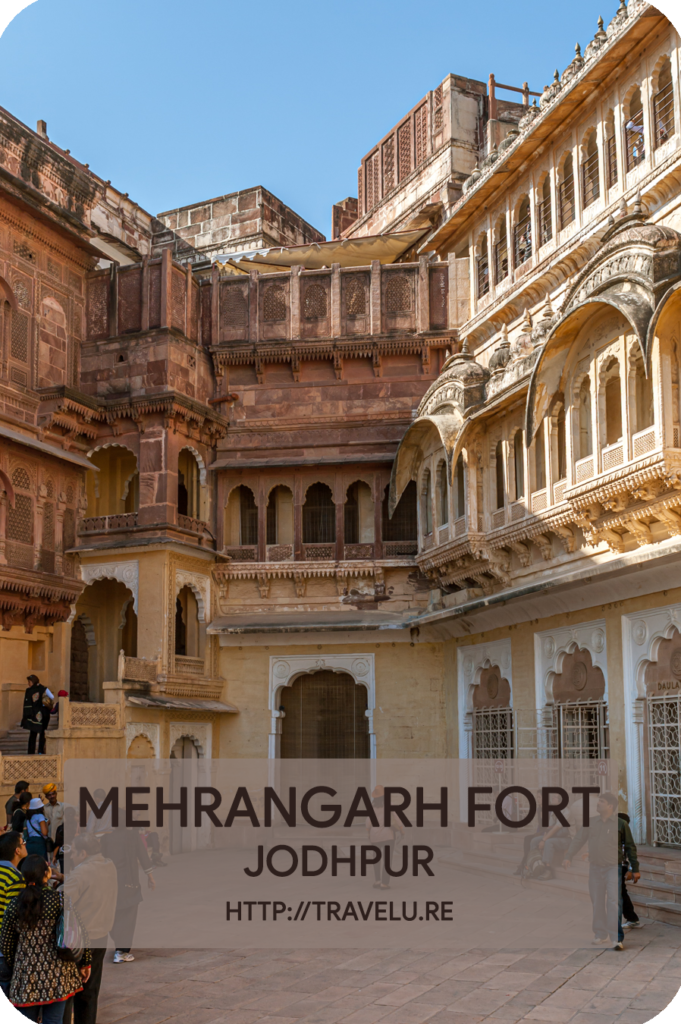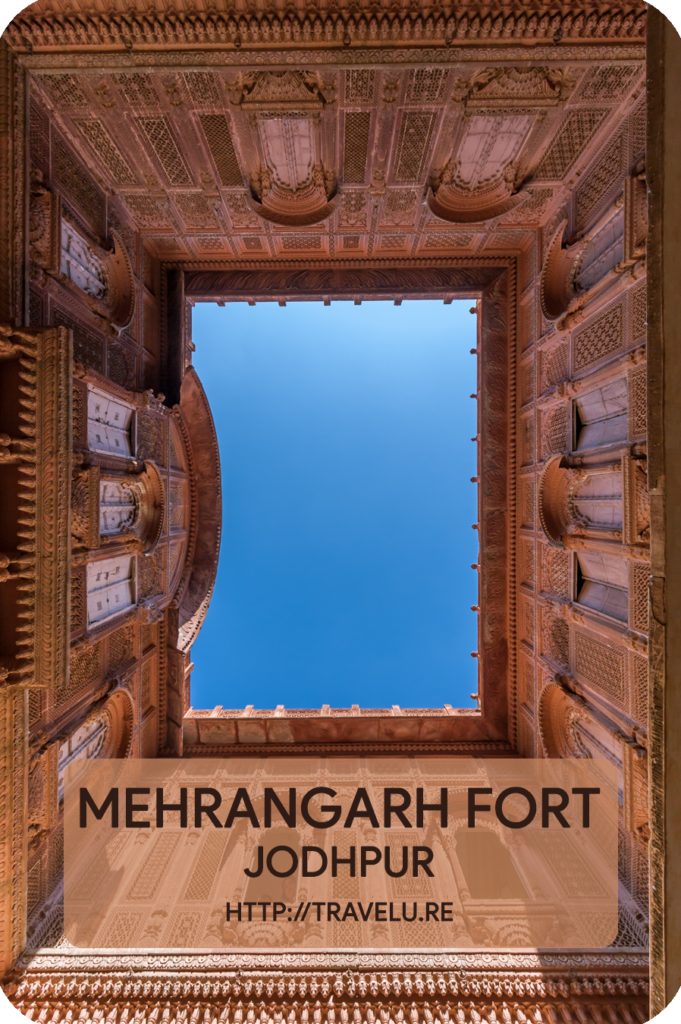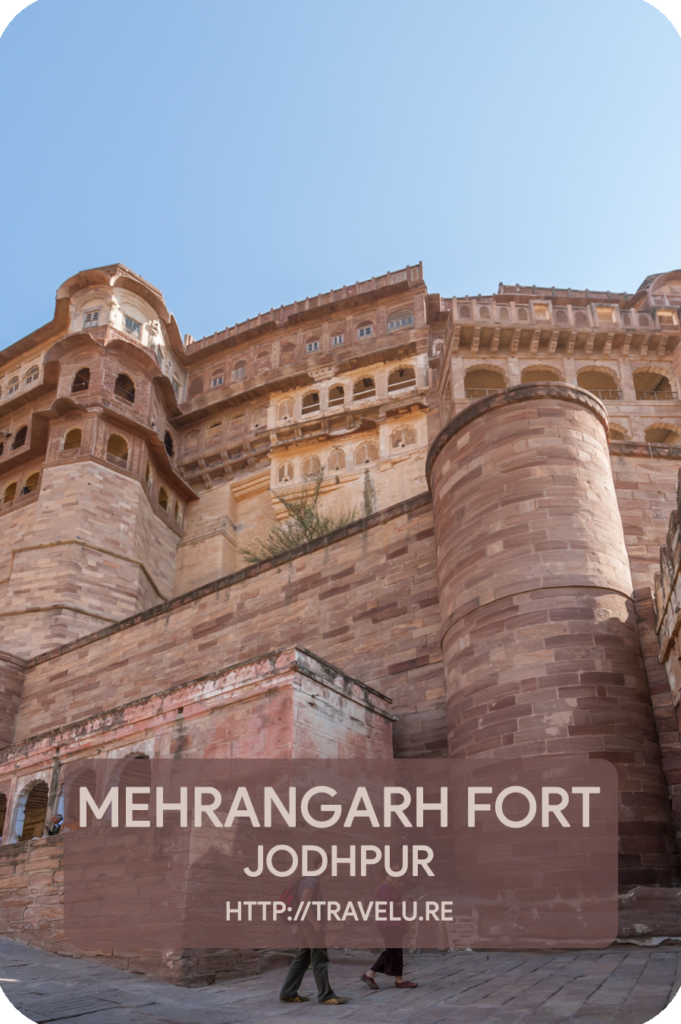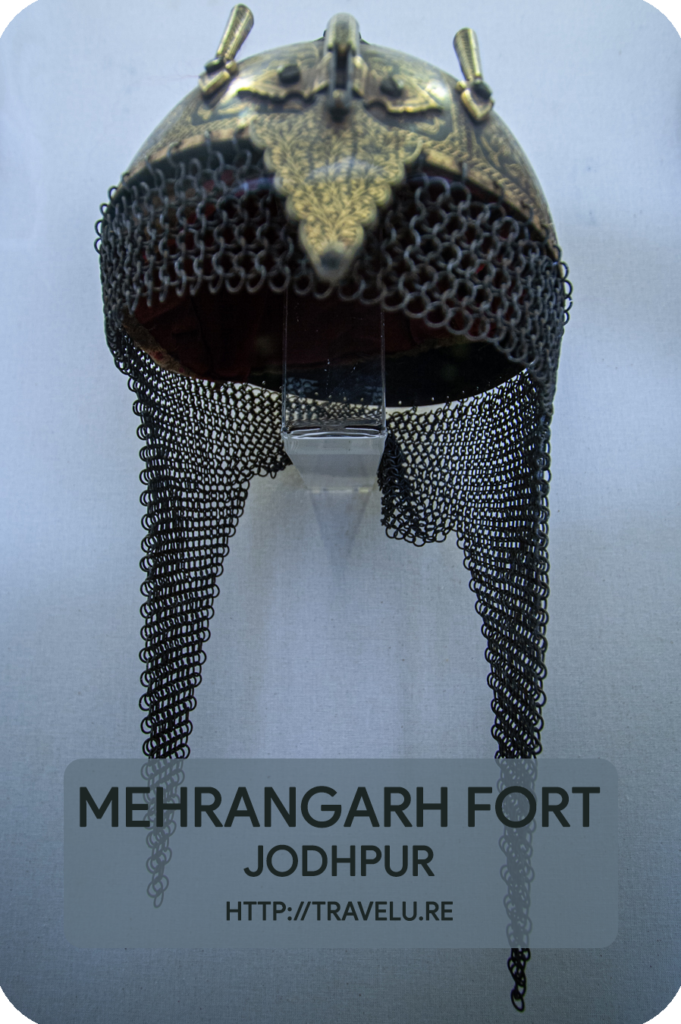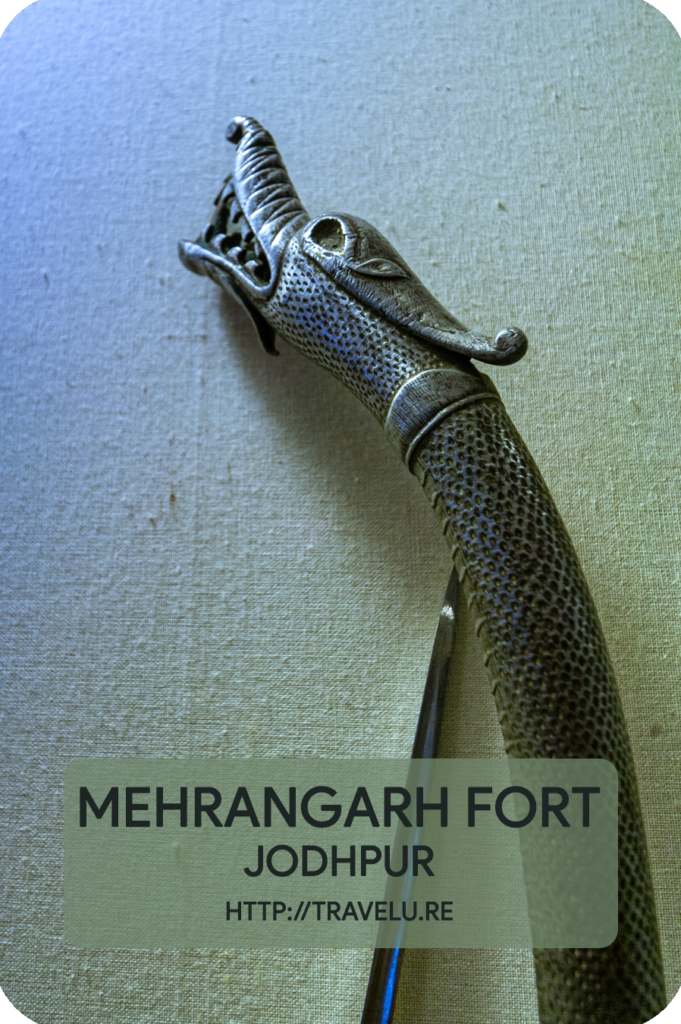Mehrangarh Fort, Jodhpur, Rajasthan
Mehrangarh Fort reminds me of a bad-guy Bollywood film. This bad-guy has headquarters on an island that rises from the sea at the flick of a button. The drama of a solid structure rising above the sea waters makes this island seem imposing. Mehrangarh also seems like an island that rose 400 feet from the plain below. The city beneath, like the waters in the sea, are all painted blue to honour a royal decree, giving Jodhpur the epithet of the blue city.
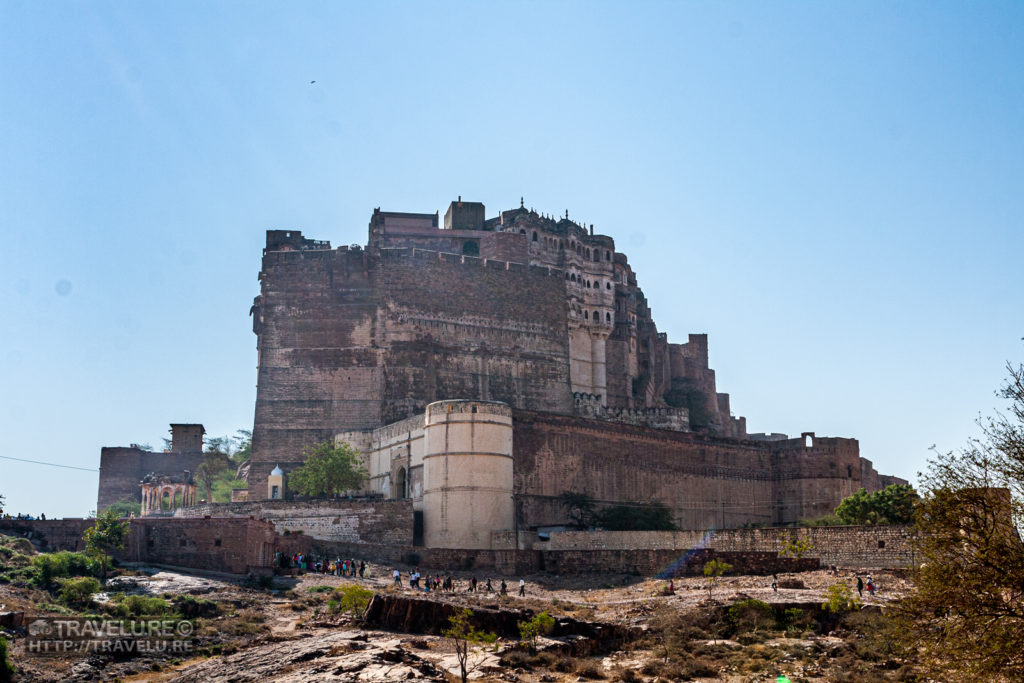
But no bad-guy lives here. Today, a trust run by Maharaja Gaj Singh, the Rathore clan of rulers of Jodhpur’s descendant, maintains the fort. Built by Rao Jodha in mid-15th-century, its impregnable walls clad the hill to provide an imposing visage to Mehrangarh. In fact, the city got its name from him. Jodhpur served as the capital of the Marwar region for centuries. The fort is not as spread out as Jaigarh or Amer, but it seems unassailable.
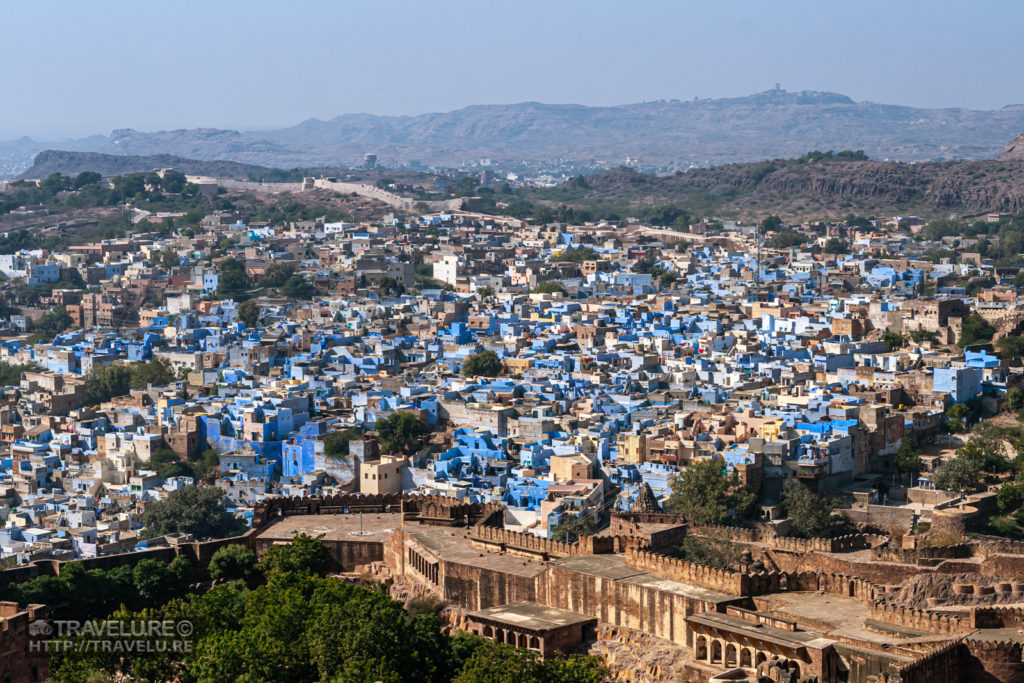
Within its walls lie several palaces known for intricate carvings and expansive courtyards. Seven massive gates over a winding approach to the fort precincts protect this much-attacked-but-seldom-breached fort. The kings had erected two gates to mark Jodhpur’s victories over Jaipur, Bikaner, and Mughal armies. Even today, you can see Jaipur army’s cannonball attack marks on the second gate.
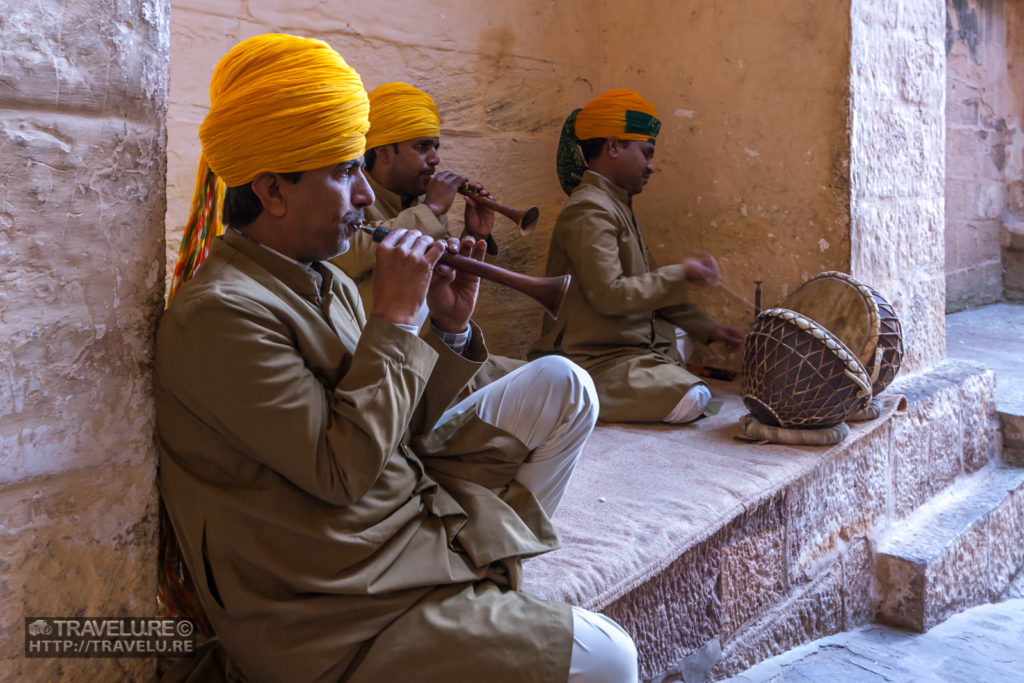
The Mehrangarh Fort Experience
The experience begins with the court musicians welcoming you to the fort playing traditional Rajasthani instruments! An elevator takes you up to an open terrace. From here, you enter an indecipherable maze of rooms, palaces, courtyards, galleries, and staircases. Every turn surprises you. Each nook displays a treasure. Every room makes you gush.
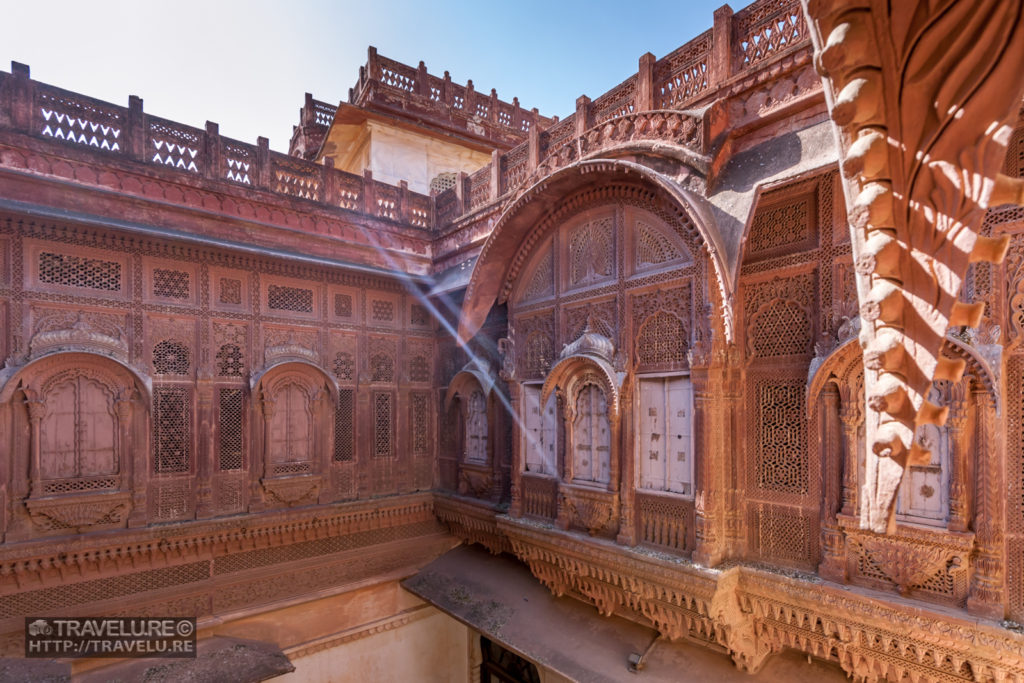
The narrow passageways and verandahs lead you around an interminable journey through the royal era. While here, you traverse staircases, some of them, spiral, to witness the glory of Rathores, only to step out into some open courtyard or terrace. Most open spaces here accord you a glorious view of the blue city. The ones that don’t, display craftsmanship in stone. There is so much to see, you just cannot absorb it all in one visit.
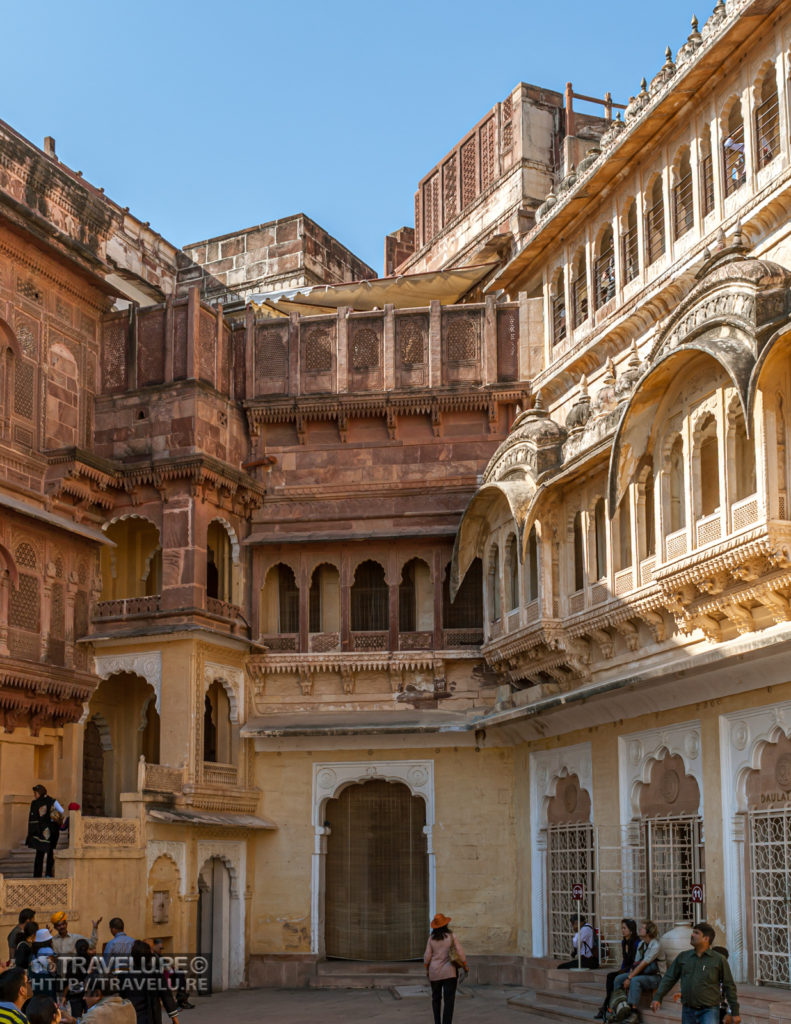
The Rathore kings built the fort for over five centuries. Little wonder you see an amusing amalgam of architectural styles straddling centuries and genres. What belongs to which architectural style may not be clear at once, but a study of details will tell you. Rajput, Mughal, and few other styles rub shoulders at every step of your way here.
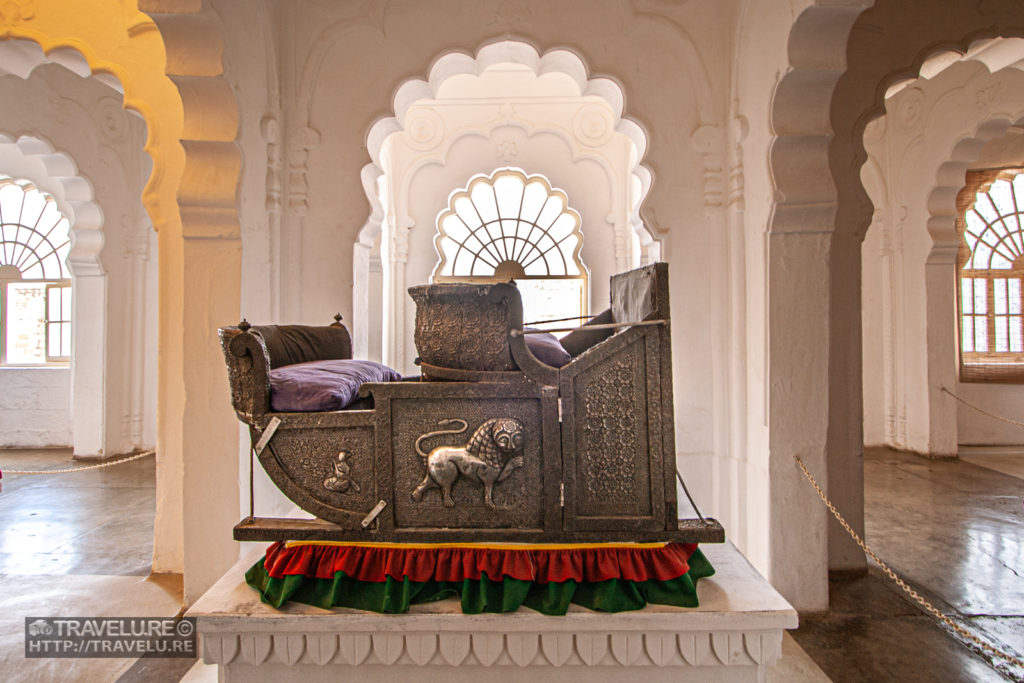
The Museum
Mehrangarh Fort houses one of the best-stocked museums in Rajasthan. The well-kept period rooms here transport you to the royal era. The canopied silk-cushioned throne, exquisite stained glass windows of Sheesh Mahal (Palace of Mirrors), and the ornate howdahs and palanquins are only the beginning. Elaborate craftsmanship visible in bejewelled sword hilts, miniature paintings, royal clothing, and recreational accessories – all tell a tale of opulence we know the rulers of princely states in India for.
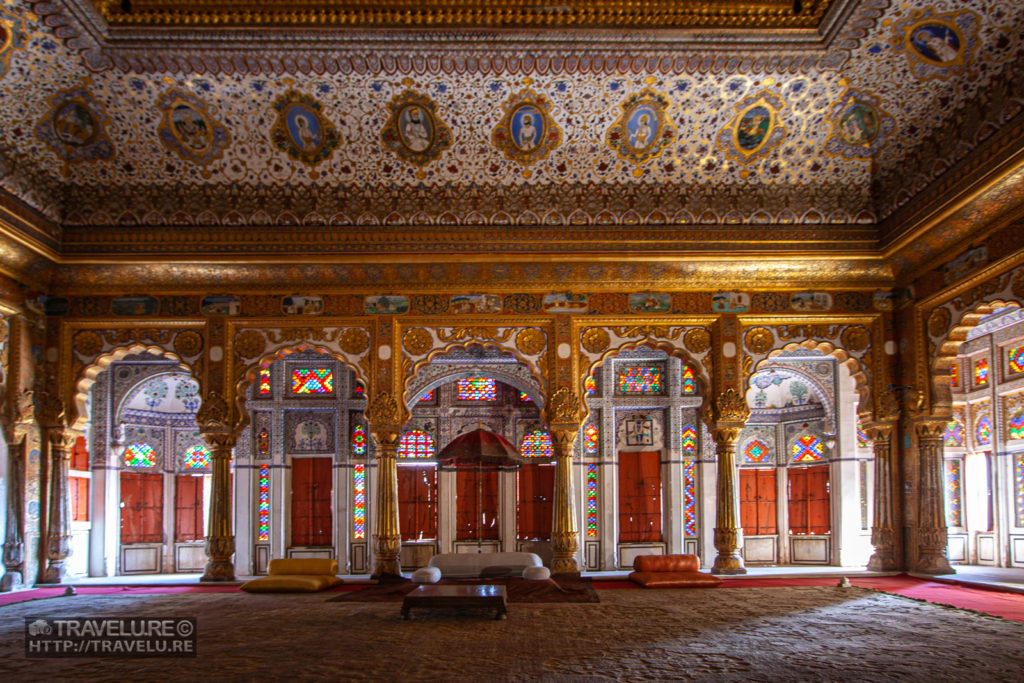
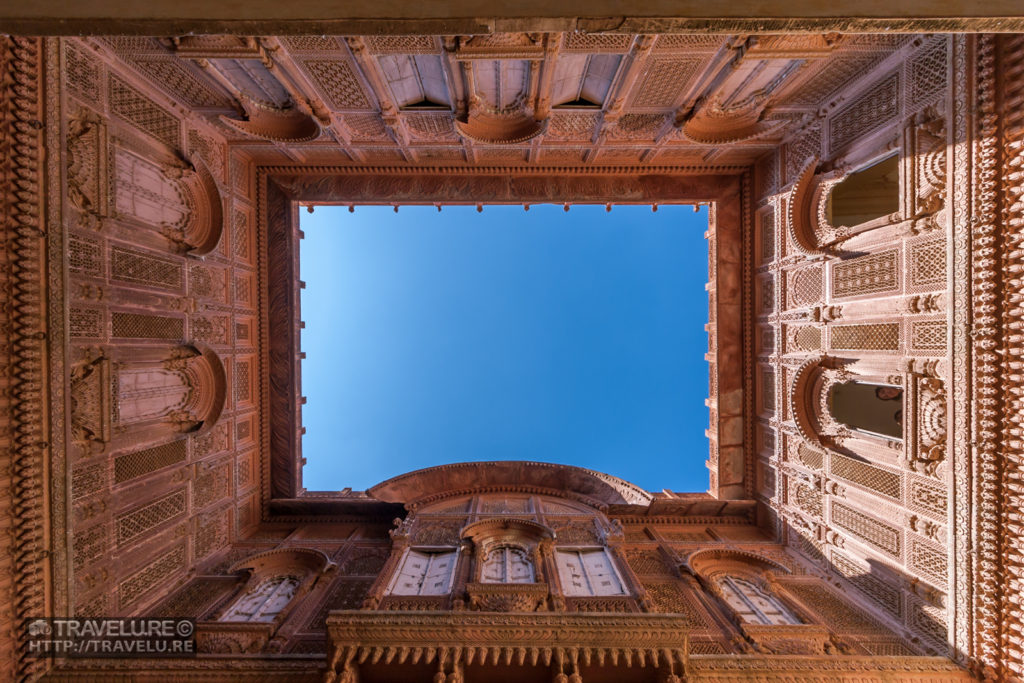
The museum comprises seven rooms – Sheesh Mahal (Palace of Mirrors), Phool Mahal (Palace of Flowers), Takhat Vilas (Throne Room), Sardar Vilas (Captains’ Room), Jhanki Mahal (Palace of Tableaus), Dipak Mahal (Palace of Lamps), and Moti Mahal (Pearl Palace). In addition, there are six galleries ranging from Daulat Khana (Treasure Chamber) to Textiles, and more.
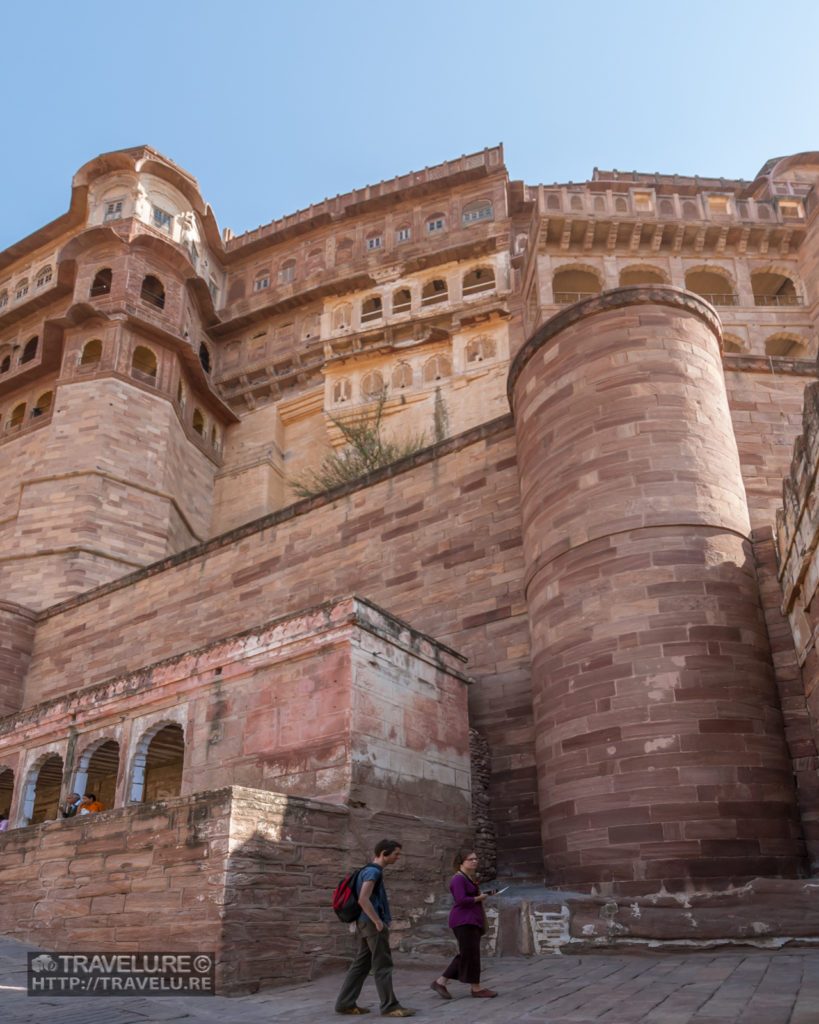
The end of the audio tour takes you to the only professional museum store in India, recognised by Time magazine in 2007 Best of Asia issue. It is an accredited member of the International Museum Store Association. Proceeds from the purchase of a T-shirt, a tote, or a set of postcards here go towards the upkeep of the forts in Jodhpur and Nagaur.
Mehrangarh is not just a stone monument, it is lived history that one can just experience. Go get yours!

